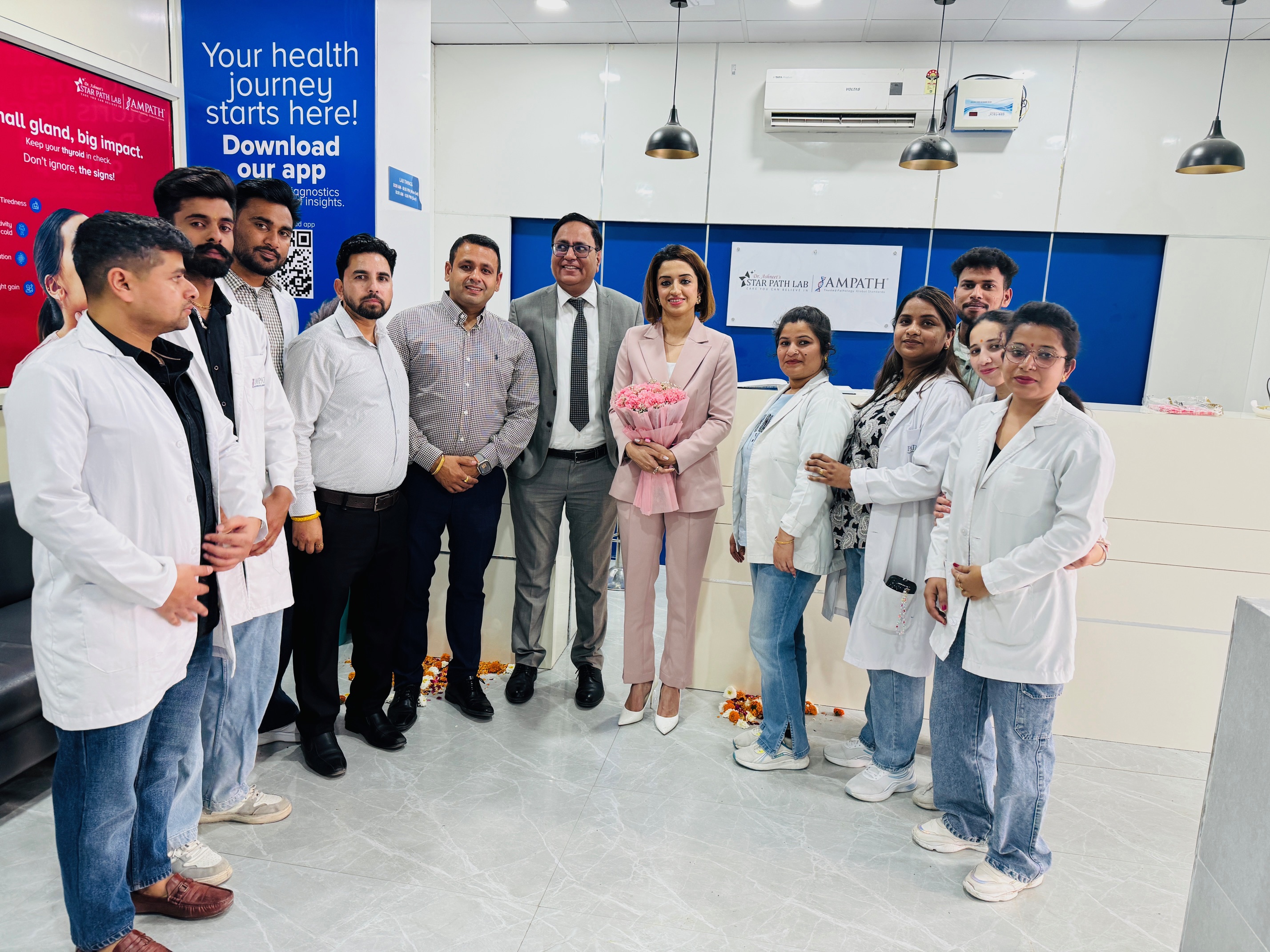According to WHO, there are 360 million persons in the world with disabling hearing loss. Disabling hearing loss is defined as adults (15 years and older): hearing loss greater than 40 decibels (dB) in the better hearing ear; and Children (0 – 14 years of age): hearing loss greater than 30 dB in the better hearing ear. International Week of the Deaf starts in the last week of September and ends on the last Sunday of the month. This last Sunday is known as World Day of Deaf. This day is celebrated to draw the attention of not only affected people and their family members but also to draw the attention of general people, politicians, and development authorities towards the achievements and challenges of the deaf community.
Dr. Lav Selarka is a Gold Medalist ENT surgeon and endoscopic Skull base Surgeon having more than 20 years of clinical experience. Currently, he is working as department head of ENT and Senior Cochlear implant Surgeon at Zydus Hospital, Ahmedabad. Dr. Selarka is skilled in general otolaryngology and also has special interests in Otology, Rhinology, Endoscopic Skull base surgery, snoring, and cochlear implants surgery. He has done a fellowship in Skull Base Surgery at the Department of Neurosurgery at Amrita Institute of Medical Science AIMS Kochi under Dr. Dilip Panicker. He has been National Faculty at AOICON Kolkata 2017 - Speaker on Balloon sinus surgery and How to start Skull Base Surgery. He has been Chairperson at Otology 25 Bangalore in 2017.
Anatomy of ear
Dr. Lav describes, “Anatomy of the ear is the complex anatomy. There are several major vessels, veins and facial nerves that pass through the ear. The ear is the organ of hearing and balance. The parts of the ear include:
The external or outer ear, consisting of:
Pinna or auricle - This is the outside part of the ear. External auditory canal or tube - This is the tube that connects the outer ear to the inside or middle ear. Tympanic membrane (eardrum) - The tympanic membrane divides the external ear from the middle ear.
Middle ear (tympanic cavity), consisting of:
Ossicles - Three small bones that are connected and transmit the sound waves to the inner ear. These are the smallest bones of our body. The bones are called: Malleus Incus Stapes
The sound reaching our ears first makes the eardrum vibrate. These vibrations are transmitted through the 3 small bones in the middle ear (hammer, anvil, and stirrup) to the cochlea. This results in a movement within the cochlear fluids. Sensitive hair cells in the cochlea register this movement and start a neural activity, which is transmitted through the auditory nerve to the brain.
Eustachian tube - A canal that links the middle ear with the back of the nose. The eustachian tube helps to equalize the pressure in the middle ear. Equal pressure is needed for the proper transfer of sound waves. The eustachian tube is lined with mucous, just like the inside of the nose and throat.
The inner ear, consisting of:
Cochlea. This contains the nerves for hearing. Vestibule. This contains receptors for balance. Semicircular canals. This contains receptors for balance. The semicircular canals or semicircular ducts are three semicircular, interconnected tubes located in the innermost part of each ear, the inner ear. The three canals are the horizontal, superior, and posterior semicircular canals.
Vestibulocochlear nerve - The vestibulocochlear nerve has two roles:
Innervation to the cochlea for hearing. Innervation to the vestibule for acceleration and balance senses.
Harmful effects of earphones
Talking about the harmful effects of earphones, Dr. Lav warns, "Earphones can cause very harmful effects on our ear.
Earphones cause pressure infection in the external ear, this causes erosion.
If you are using earphones for a longer period, this hinders the ventilation flow causing the formation of hard earwax. This also hampers the sound waves to the inside ear.
Extensive use of earphones causes fungal infection (formation of fungus) called Otomycosis. This affects our ability to hear.
Tests to detect hearing loss
Dr. Lav illustrates, “Otoscopy is a medical procedure used to examine structures of the ear, particularly the external auditory canal, tympanic membrane, and middle ear. Doctors and Specialists use this process during physical exams and the evaluation of the ear. After finding out the problem, audiometry tests are performed and an audiogram is analyzed. Audiometry tests can detect whether you have sensorineural hearing loss (damage to the nerve or cochlea) or conductive hearing loss (damage to the eardrum or the tiny ossicle bones). During an audiometry evaluation, a variety of tests may be performed. After seeing the audiogram graph, its type can be known.
Hearing assessment in children with congenital deaf is done by –
Visual reinforcement audiometry (VRA) Evoked otoacoustic emissions (EOAE) Impedance audiometry
Every hearing loss is treatable. Hearing loss can affect a child’s development of speech and language skills. When a child has difficulty hearing, the areas of the brain used for communication may not develop appropriately. This makes understanding and talking very difficult. With proper screening and tests, hearing loss can be identified early and managed appropriately, this will help the child regain his voice.”
Deafness and Hearing loss
Dr. Lav explains, “Symptoms may be mild, moderate, severe, or profound. A patient with a mild to moderate hearing impairment can perceive the sound and can communicate easily. The second is severe to profound hearing loss or deafness which is a full disability. People find it hard to perceive things and communicate accordingly. People who are profoundly deaf can hear nothing at all and can find themselves reliant on lip-reading or sign language. Mild to moderate hearing loss is treatable by use of surgeries, and implants. If we diagnose hearing problems earlier, the treatments become simpler with available corrective surgeries."
How to take care of our ears
Dr. Lav illustrates, "Prevention is better than cure. With these tips, you can take the best care of your ear
Wearing hearing aid – First, learn how to wear your hearing aid from your Audiologist. The Specialist will teach you how to use it, including how to put it in, take it out, clean it, and change its batteries. Do follow these instructions and if you are having doubts, ask them again. Don’t use cotton buds - Using buds is a common but inadvisable way to remove wax. Earwax is normal and self-cleans the ear, preventing dust and particles from getting in. Inserting buds or tissues in the ear can also damage your eardrum. Cotton swabs while bathing – Cotton can absorb all extra water that comes to your external ear, thereby preventing water from entering into your ears and protecting it from getting developing wax. Earphones volume shouldn’t be high – It's tempting to listen to your favorites at high volume but this may damage your eardrum or inner ear. Hence it is advisable not to listen to a volume with high frequency that puts undue pressure on your ears. Use of earplugs - Earplugs can also cause ear infections. Excessive use of earplugs affects the inner skin of our ears. Bacterial infection may cause cross-infection as we touch earplugs with bare hands.
(Edited by Renu Gupta)
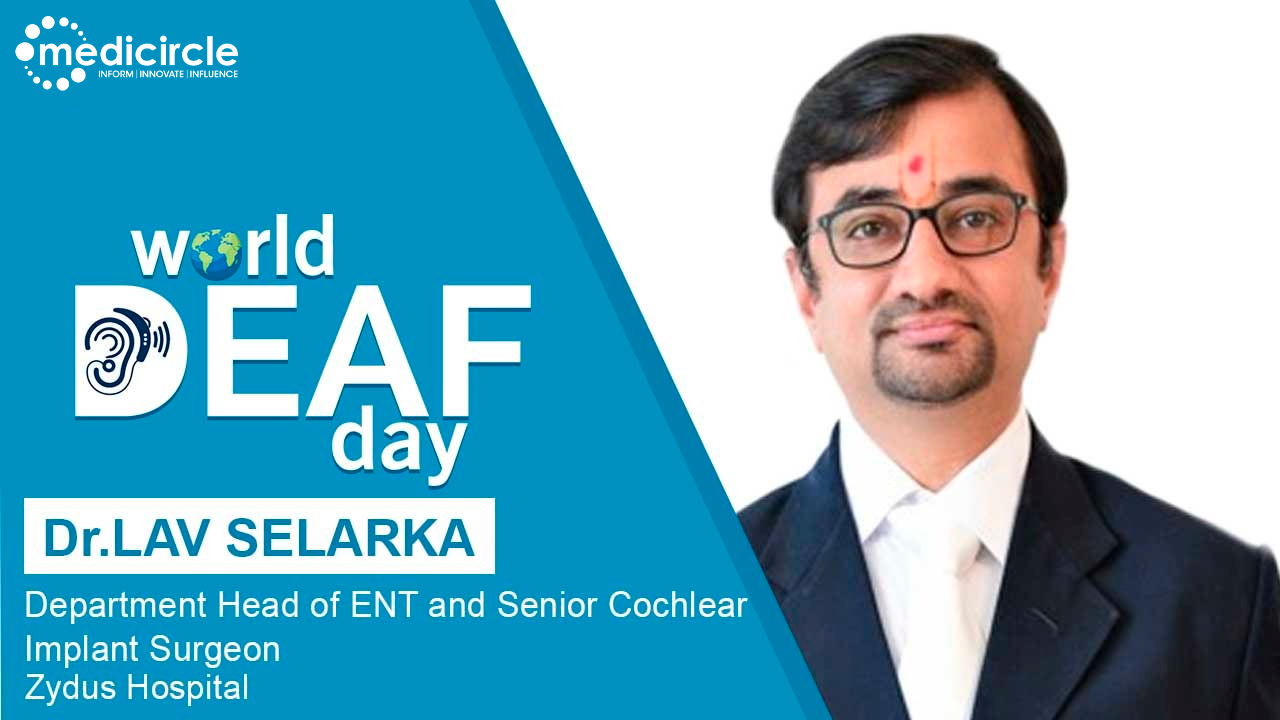
 Dr. Lav Selarka gives a pictorial presentation of the Anatomy of the ear. Dr. Lav also emphasizes early diagnosis of hearing problems and the side effects of extensive use of earphones. He also gave tips on how to take the best care of ear
Dr. Lav Selarka gives a pictorial presentation of the Anatomy of the ear. Dr. Lav also emphasizes early diagnosis of hearing problems and the side effects of extensive use of earphones. He also gave tips on how to take the best care of ear







.jpeg)


.jpg)

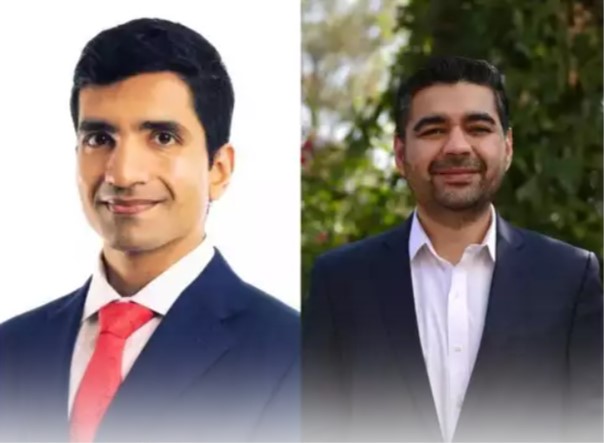






.jpeg)

.jpg)




.jpg)

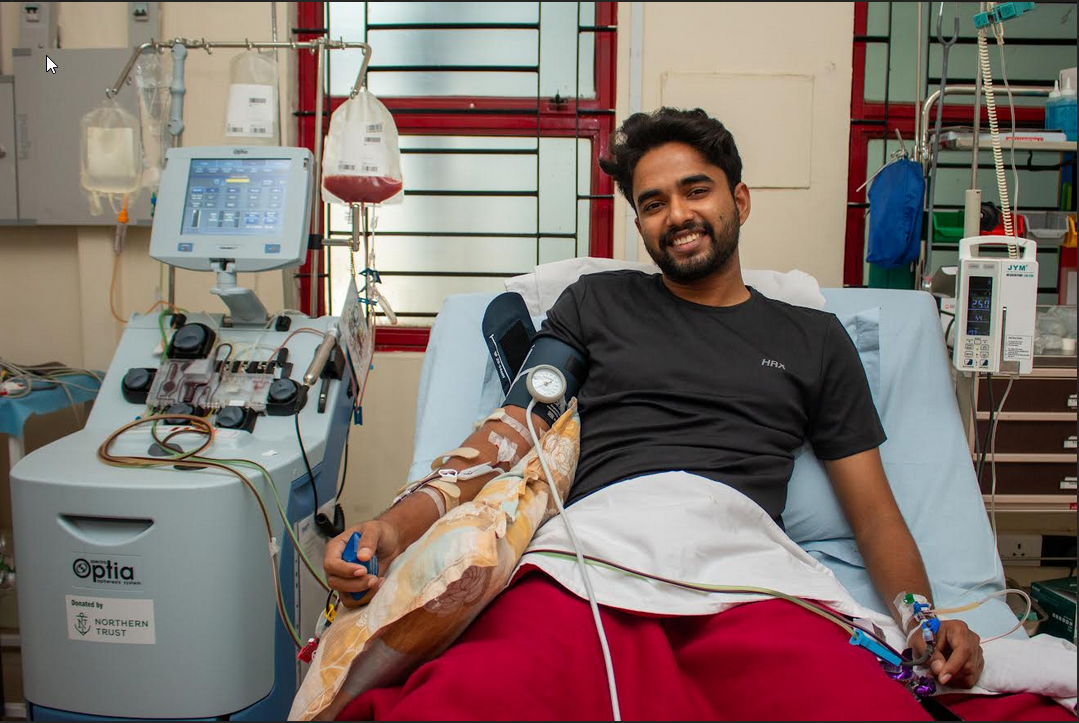

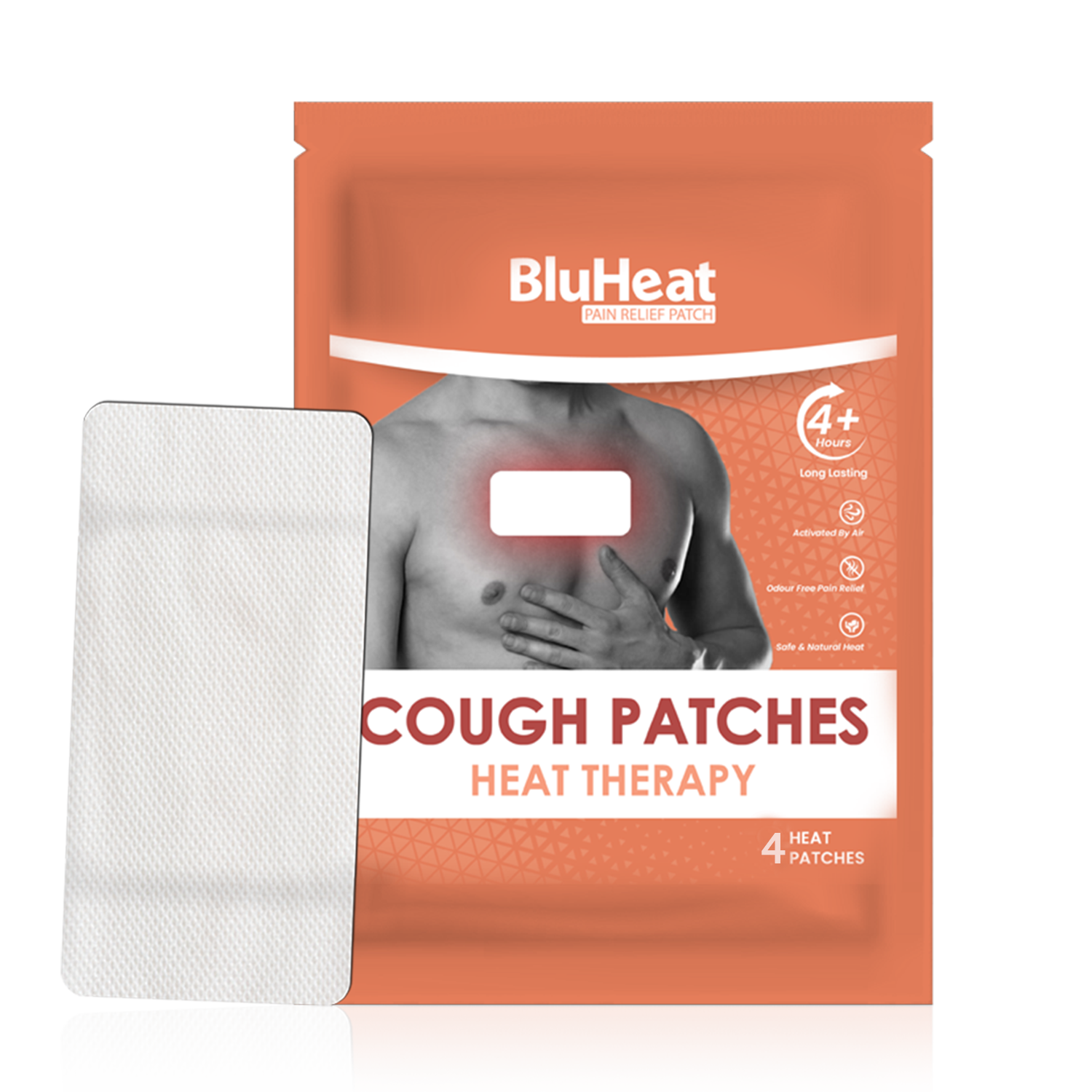
.png)


